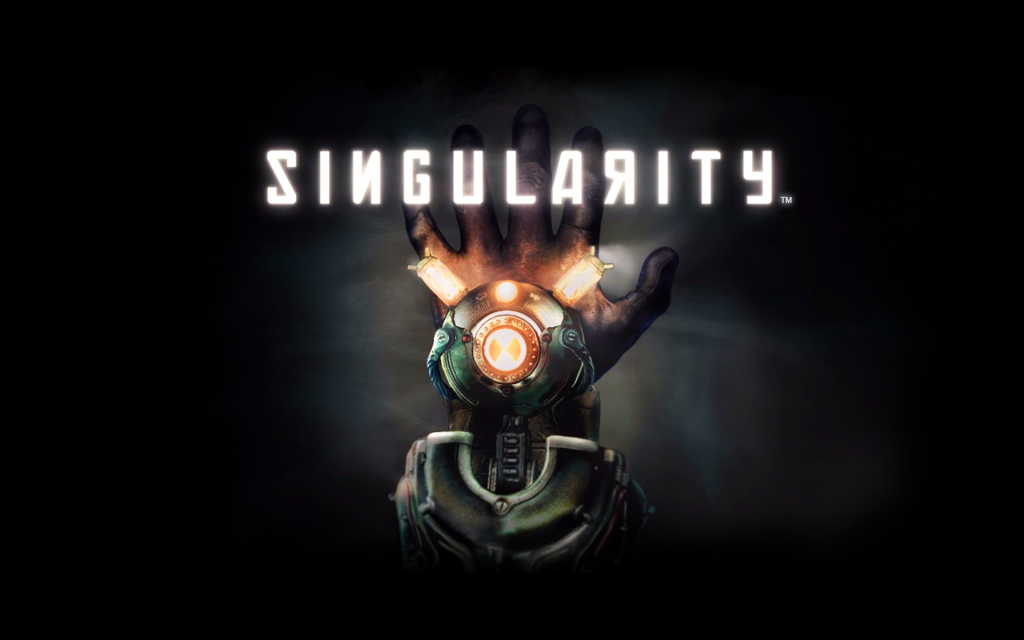Story curves
Kurt Vonnegut
Story curves’ structure
- Exposition: introduce of settings, problems that characters facing
- Rising action:
- Climax: tense moment of story
- Falling action: movement toward ending
- Resolution: final outcome
the hero’s journey
Stories’ characteristics
- life death
- consciousness unconsciousness
- order chaos
- You
- Need
- Go
- Search
- Find
- Take
- Return
- Change
Terminologies and Definitions character types
Characters type
- protagonist: Main character(good/bad)
- Antagonist: one or group of characters who stand against protagonist
- dynamic: experiences inner growth
- static: no growth, no change
- round: well-developed
- flat: undeveloped
8 Kinds of Archetypes of Hero Characters
- Hero: protagonist, separates from the ordinary world
- Mentor: provide motivation, provide insights, provide training to help the hero
- Threshold guardian: guard the world and its secrets from the hero& provide essential tests to prove
- Herald: issues challenges, announces the coming of significant change
- Shapeshifter: characters who keep other characters on edge
- Shadow: opposite to heroes (good/bad)
- Trickster: relish the disruption of the status quo
- Allies(sidekicks): individual or a team, represent the virtues of hero
P.S. a film does not really requires 8 or more characters but must cover all these jobs that the 8 kinds of archetypes mentioned
Characters Dimensions
Animation promotes a broader definition of a character than other media formats through the re-interpreting human form.
Advancing narrative through Characters
character movement should convey the necessary action pertinent the narrative but the attitude, emotion or mood.
Key Consideration
- establish the personality or demeanour of character for the film
- determine anatomical details and physical fluidity and extremity of action required
- identify all actions your character performs in pieces
- design actions and emotions that drives the narrative
- clear frame or stage your character for performance in a scene
- design audio to support the performance
